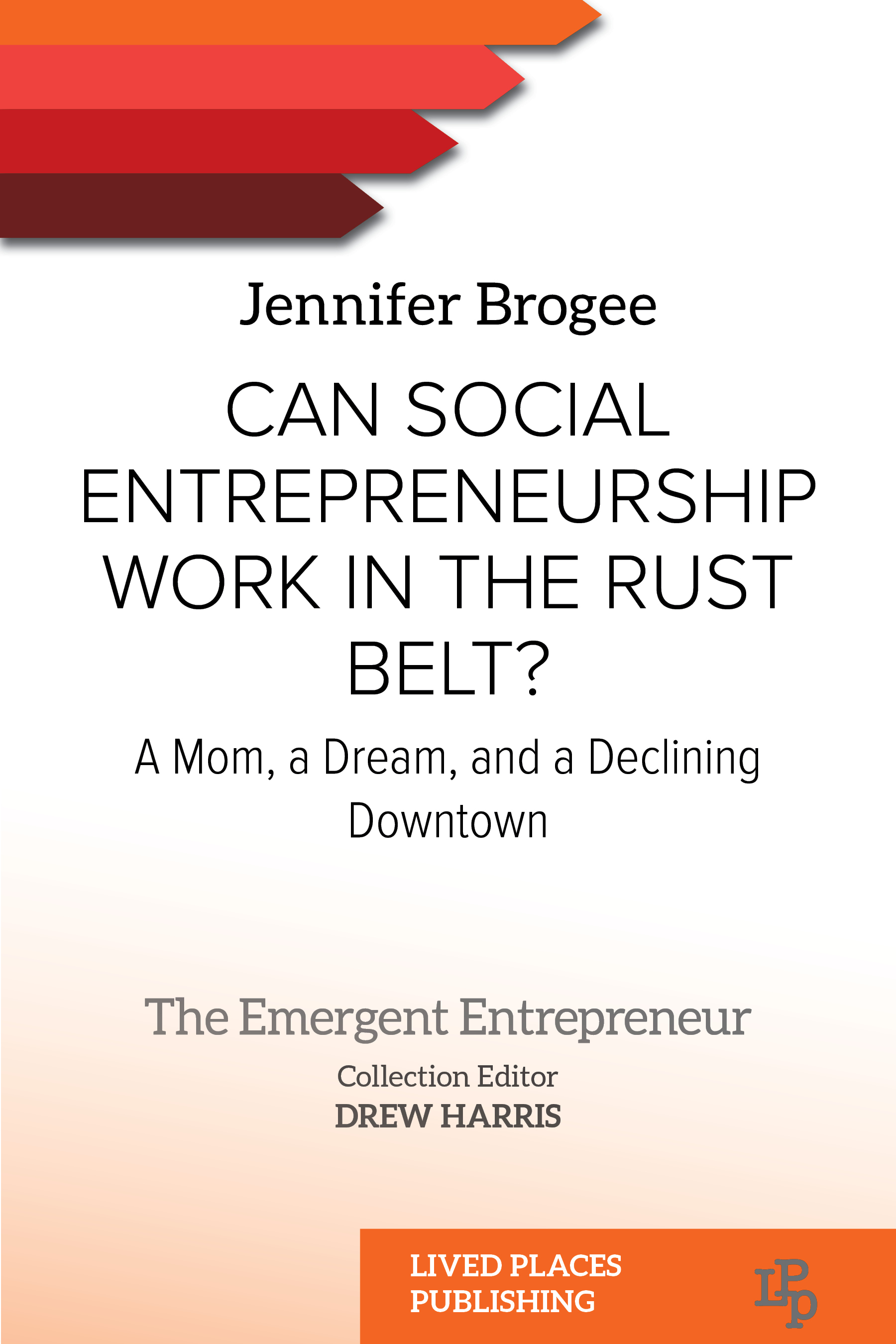To be an entrepreneur and a woman can be like scaling a mountain without the appropriate climbing gear. Launching a successful business requires adequate funding – funding to invest in technology, to train workers, to cover fixed costs during the early years while the business finds its market, and other startup capital needs1. Some entrepreneurs depend upon their own savings to finance the early years of the business while most entrepreneurs rely on either lenders or investors to fund their vision. Frustratingly, women struggle to find lenders and funders more than men do.
Because most banks avoid risky startups, most US banks rely on the Small Business Administration (SBA) to underwrite the risk in business loans. While women own 43% of all small businesses in the USA and own 40% of all employer businesses (those that hire one or more employees), they received only 17% of the business loans approved by the SBA in 20192. In Europe, almost 40% of startup owners are women, yet companies founded by women received only 2.4% of the total venture capital funding invested in startups1. In China, 64% of female founders said that they considered the lack of funding to be the “major difficulty” in starting their business3.
I know how difficult it is to start a business without adequate funding because, after being rejected by banks and the SBA, I started a business anyway. My partners and I relied on savings, borrowed money from family and friends, and high interest credit cards because I was dismissed by the SBA. In 2002, I was 28 years old and married with a toddler and baby. I worked full time as a software developer, but desired to own my own business. There was a gap in the market in Lima, Ohio for gourmet coffee so I created a proposal for a specialty coffee shop. I felt confident writing my business plan, using statistics regarding the number of people who worked within walking distance of the site of the coffee shop, as well as the regular traffic going by on the street. The conservative plan projected a modest profit after the first year, with steady growth thereafter.
My business partner, Greg, and I took that business plan to banks. Banks had no interest in loaning us money unless we had physical collateral to cover the capital needs, so they recommended we visit the SBA. We met with an SBA advisor who gave us a series of templates of pro-forma financial statements. I took them home and filled in our numbers using their format. Our plan still forecasted a respectable profit. Greg and I visited the SBA office again to present the financials and business plan. At the end of our presentation, the SBA advisor looked at me and said that he did not think it was a good idea to start a business in downtown Lima. “I think you would be better off spending your time taking care of your young children,” he said. My face instantly turned red, and steam started coming out of my ears. I couldn’t even think of anything to say, so I slowly picked up all the financials, stuffed them into my briefcase with my laptop, and we left. Perhaps if he had started a discussion based on the merits of the plan, I could have been prepared to defend it. Instead, I felt burned and dismissed.
Over the last 20 years, researchers have described several key reasons why women do not receive as much business funding as men.
Funders value their own traits
Researchers have found that funders naturally look to invest in people who reflect the characteristics that they themselves exhibit. Women are underrepresented in both VC firms and among commercial bank lenders1. In the UK, only 13% of the people who allocate capital are women, and in the US, only 9% are women4. Also, investors rely heavily on trusted referrals from their social network, which gives an advantage to those entrepreneurs who are more connected to investors1.
Funders equate masculine traits with successful entrepreneurship
Researchers in both the US and Europe have found that investors perceive (perhaps unconsciously) female entrepreneurs as lacking in important entrepreneurial attributes that they expect, including leadership, risk-taking, experience, perseverance, and financial expertise1. I wonder if this bias stems from the era of the great man theory and trait theory of leadership, when researchers equated traits like dominance, extraversion, and competitiveness with effective leadership. Evidence has since disproved the connection between those traits and leadership effectiveness, but the perception in society remains. Even women tend to buy into the perception tying male norms to entrepreneurial success, which may contribute to their reluctance to confidently seek funding for their business plans1. Interestingly, Balachandra et al. (2020) found that VC investors do not seem to discriminate on gender when evaluating investment pitches, but instead have a negative bias against displays of traditional feminine traits1,7.
Funders operate in male-dominated social networks
Women are underrepresented in traditional funding networks, and male entrepreneurs tend to associate themselves more with male investors1. On average, women do not have as strong of a social network as men, which limits their willingness to choose external financing3. Some researchers even recommended that female founders should intentionally engage in social networks using traditional masculine traits to acquire external financing3. Yet, putting on a mask to join the boys club does not sound like a viable strategy for women.
Nature of industries in which women start businesses
One explanation for the gap in funding is a bias against women-centered products and services4. Researchers found that investors passed on proposals for products and services designed for women, even when they had large scale market opportunity, because those markets were considered “niche” 4. Female entrepreneurs are more likely to start businesses in industries that are targeted to women, such as retail and personal services1. Perhaps some of the funding imbalance is related to women needing less funding because they choose less capital-intensive industries1.
Female founders may be more likely to start businesses in industries that lenders and investors are not interested in1. However, that explanation for a funding gap should only apply to VC funding, investment funding, and traditional banks. The SBA’s mission is to encourage small business development by underwriting loans based on the ability of the borrowers to pay them back and by the number of jobs that might be created6. Therefore, the industry type should not impact a founder’s ability to seek SBA funding, unless women-owned projects are being measured based the other perceptions of success I’ve highlighted in the sections above.
Conclusion
While I was stubborn enough to push through the barriers and scrape together funding with the help of three other business partners, our business was cash-strapped for the first few years. While we were hitting our stride, we fell into the Great Recession of 2008 and our sales dropped 30%. We lost a lot of money that year and had to fund our business again. Frankly, the female funding gap hurts the growth of women-owned small businesses during the critical early startup years, which perpetuates the perception of those projects having been unworthy of funding.
Researchers disagree on how to fix the problem. I recommend the following steps as a starting point:
-
Admit that bias in the funding process exists. Lenders and investors should be aware of their unconscious bias and look past the traits they perceive as important, instead focusing on the fundamentals of the business plan and the industry skills of the founder.
-
Both women and men need to understand the impact of social networking on funding availability. Practitioners and researchers should develop strategies to evaluate funding requests on the merits, not on social capital.
-
We need more small and mid-sized business investment vehicles that aren’t solely in technology fields. Options like WeFunder5, which takes advantage of the Regulation Crowdfunding law passed in 2016 to open up individual business investing to the middle class, should become more mainstream.
-
Instead of discounting the types of industries women want to start businesses in, advisors should help women develop sustainable business models in those fields. For example, Airbnb unexpectantly shook up the stodgy and unattractive hotel industry with a novel approach.
-
We need more research into the funding gaps women face. Researchers should dig deeper into the funding gap, publishing statistics related to loan approval rates by gender, for example, and making the opaque investor pitch process more transparent to entrepreneurs.
What lessons can be learned about social entrepreneurship success from a coffee shop founder in a declining downtown in the US rust belt?
Launching her coffee shop in a declining downtown in the US rust belt in 2003, entrepreneur and young mom Jennifer Brogee thought that a well written business plan and a social mission was the path to success. After being denied funding, she soon realized the many challenges she would face as a young woman and mother in business. Can Social Entrepreneurship Work in the Rust Belt? documents Jennifer’s 20-year business evolution from startup to exploring new paths beyond the coffee shop. A business model with tight margins and high overheads, Jennifer details how she navigated the Great Recession, COVID, and how she juggled multiple careers.
A story of independence and interdependence, this book is ideal reading for students of Business and Entrepreneurship, Gender Studies, and Cultural Studies as well as entrepreneurs and small business managers.
We want our books to be available to as many people as possible. If you’d like to purchase an individual copy, please email us and we’ll give you a discount code:
HEADER IMAGE CREDIT: Jennifer Brogee
Footnotes
1 Pavlova, E. & Gvetadze, S. (2023). Female access to finance: A survey of literature [Working Paper]. EIF Research and Market Analysis. https://www.eif.org/news_centre/publications/eif_working_paper_2023_87.pdf
2 US Small Business Administration. (October 25, 2023). SBA Administrator Guzman celebrates anniversary of women’s business ownership act, announces FY23 lending to women-owned businesses. https://www.sba.gov/article/2023/10/25/sba-administrator-guzman-celebrates-anniversary-womens-business-ownership-act-announces-fy23-lending
3 Wang, X., Cai, L., Zhu, X., & Deng, Shengliang. (2020). Female entrepreneurs’ gender roles, social capital and willingness to choose external financing. Asian Business & Management, 21(2), pp. 432-457. https://www.ncbi.nlm.nih.gov/pmc/articles/PMC7414631/
4 Global Impact Investing Network. (n.d.). Increasing venture capital to women-led businesses. https://navigatingimpact.thegiin.org/strategy/gli/increasing-venture-capital-to-women-led-businesses/
5 WeFunder. (n.d.). Founder FAQ. https://help.wefunder.com/#/investor/getting-started-for-investors
6 US Small Business Administration. (n.d.). 7(a) loans. https://www.sba.gov/funding-programs/loans/7a-loans
7 Balachandra, L. (2020). How gender biases drive venture capital decision-making: exploring the gender funding gap. Gender in Management: An International Journal, 35(3), pp.261–273.




